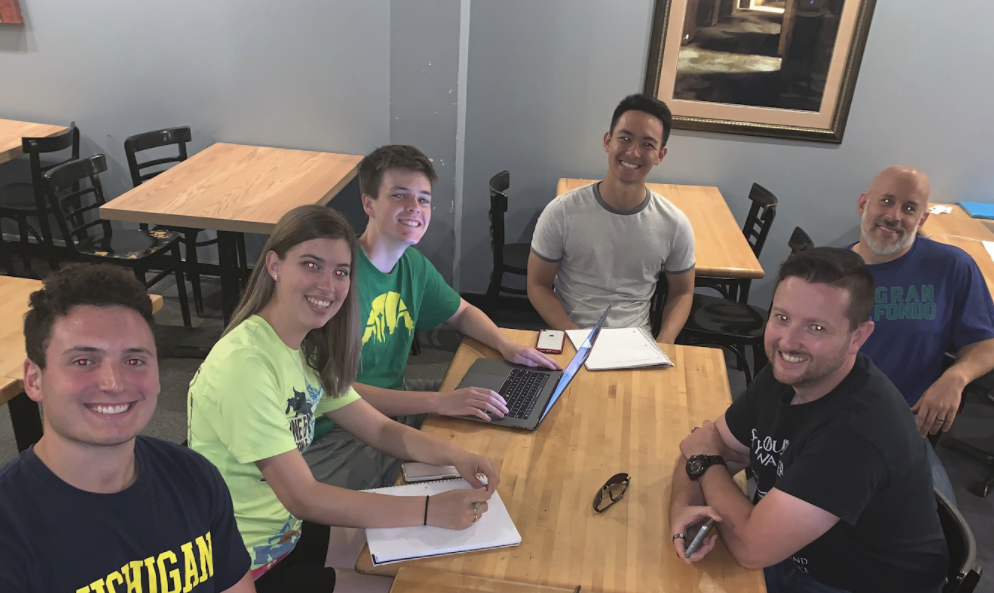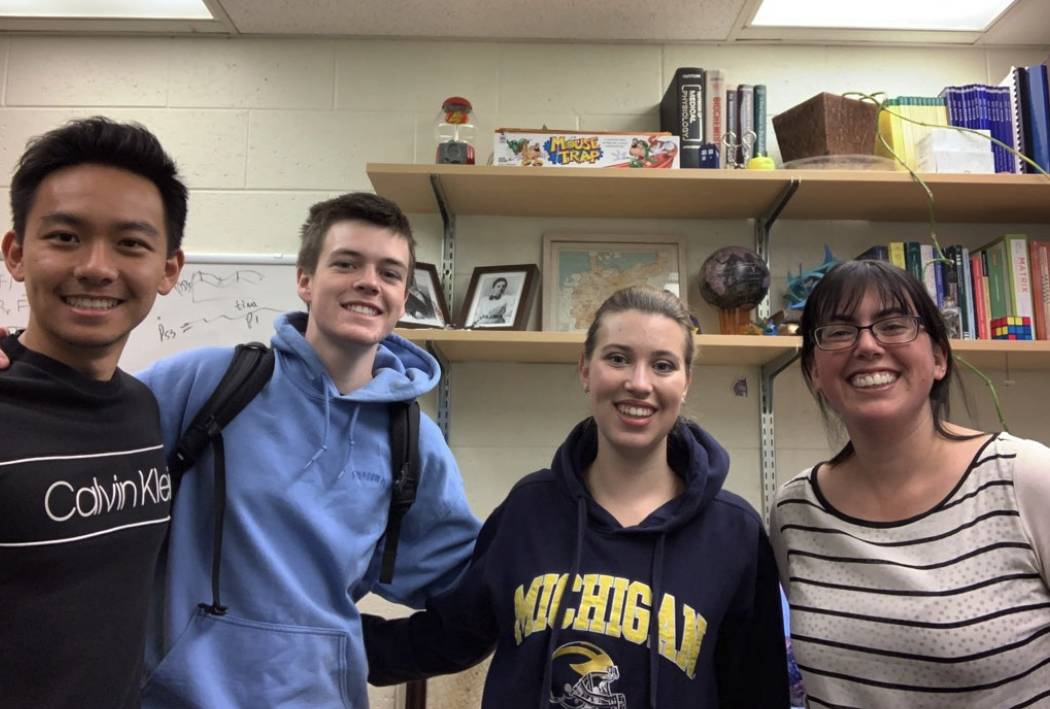With a global pandemic sweeping across the planet, figuring out when and where it spreads next, how large the impact will be, and when it will peak are all major questions. With a disease that seems to spread mostly through the air and affects the respiratory system, discovering an algorithm or computer program to predict what comes next could save lives.
Interestingly enough, COVID-19 wasn’t even in the news yet when Jeremy Tammaro got an email from the CFE about a new course offering entitled Innovators for Impact: Defense. He thought it sounded extremely interesting, and was pleased to see it not only aligned with his major, but that he also received credit toward his Entrepreneurship Minor. So he registered for the course.
Jeremy, a Computer Science major, then shared the course information with Chase Pittman, an Economics major in LSA also minoring in Entrepreneurship.
“I thought it sounded way more interesting than all the other classes,” said Chase. “I was a little worried when I heard that it was the first time the class had been taught, but I took a leap of faith and it was easily the best class I’ve taken at Michigan thus far.”
This new course dubbed Hacking for Defense was created with the idea of preparing students to contribute to the U.S. military and intelligence communities immediately after graduation
Prior to registering for the course, students are given problems submitted by a U.S. defense entity. Some of those entities include agency directors, congressional panels and individual tactical units, among others.
Members of one team chose the topic of finding an effective way to predict disease outbreak in areas that contained military bases. If they could predict disease outbreaks, they could save soldiers lives by removing them from the at risk areas or proactively positioning the needed medical supplies and personnel.
“My interest in predictive modeling began when I was first introduced to neural networks by a ECE professor (Dr. Xiang) at UMD,” said Richard Shi, a student double majoring in Computer Science and Business at Ross School of Business. “Working on disease modeling at the Defense level seemed like a logical next step in continuing to explore innovations in this area.”
“My goal is to work as an analyst with the U.S. government. H4D was a great way to gain experience with government work,” said Claire Lacey, an International Studies and Russian major. “I chose the predictive disease modeling project because diseases have always interested me, and it seemed like the perfect avenue to combine my fascination with diseases and my analytical mindset.”
Chase said that originally the team thought that the problem was the lack of high quality data and trouble obtaining, and sorting, the different sources around the world. Another problem the team quickly realized they had: Lack of knowledge about the spread of respiratory diseases and how their outbreaks were being modeled currently in the field.
“We thought the Armed Forces Health Surveillance Branch wanted a single model to predict diseases, so we tried to find ways to build disease models,” said Richard.
The team quickly realized that building their own algorithm was nearly impossible in the time allotted to them during the course of a semester. They also realized how difficult it was to aggregate the data needed to eventually test whatever model they created.
“A single algorithm or model would not be enough to solve this issue. Overall, the biggest problem we had to overcome was realizing that we were looking in the wrong place,” Claire said. “We found a model that we thought would be our ‘silver bullet’; a one-size-fits-all model.”
The problem with the CDC’s FluSight model was that it actually didn’t give them the much needed full landscape assessment of all existing predictive disease outbreak models.
As the Armed Forces Health Surveillance Branch was just getting started on this particular issue, the team struggled with clarity around exactly what the client wanted and how they might solve it.
“I think this was also our biggest problem as it was prevalent for most of the semester and caused us to change our project focus multiple times,” said Chase.
The guidance of the co-instructors, former Naval Aviator Todd Huber and CFE Executive Director Dr. Jonathan Fay, helped the students focus on customer discovery to help them figure out what their customer needed and therefore what might help them satisfy that need.
Communicating weekly with their sponsors in the Armed Forces Health Surveillance Branch, the team conducted dozens of interviews with U-M faculty and other experts in related fields. Two of those faculty included Dr. Marisa Eisenberg, a statistical disease expert at U-M, and Dr. Joseph Eisenberg, Chair of Epidemiology at U-M. The team also spoke with industry experts like James Kaufman, the chief scientist for the Science to Solutions Department at IBM Almaden Research Center.
Each of these interviews and mentoring sessions helped the team hone in on what the problem was specifically and therefore what solutions could they reasonably expect to reach.
Having completed their course work three to five months before COVID-19 hit, the team saw the real life need for the work they were doing in class.
“We researched and provided multiple disease outbreak models that helped predict the outbreak of respiratory diseases in a particular location,” said Jeremy. “Since COVID-19 is a respiratory disease, some of these models may have proven useful in predicting a spike in cases at a location or possibly a second wave of the virus.” Had their project been further along, they may have been able to help warn of COVID outbreaks faster, thus allowing preventative and protective measures to be taken.
Recently, the team was able to utilize what they learned to help out on campus.
“We were fortunate enough to be able to get our team back together to work on the University’s COVID-19 Campus Challenge that wrapped up recently,” said Richard. “It was a wonderful experience to be able to once again apply our creativity and innovation to a real-life scenario and do everything in our power to help our fellow students this upcoming semester.
“This class has really helped me realize my passion for entrepreneurship and the ability to solve fast-paced real world puzzles where your opinions and thoughts really mean something, no matter who you are.”





